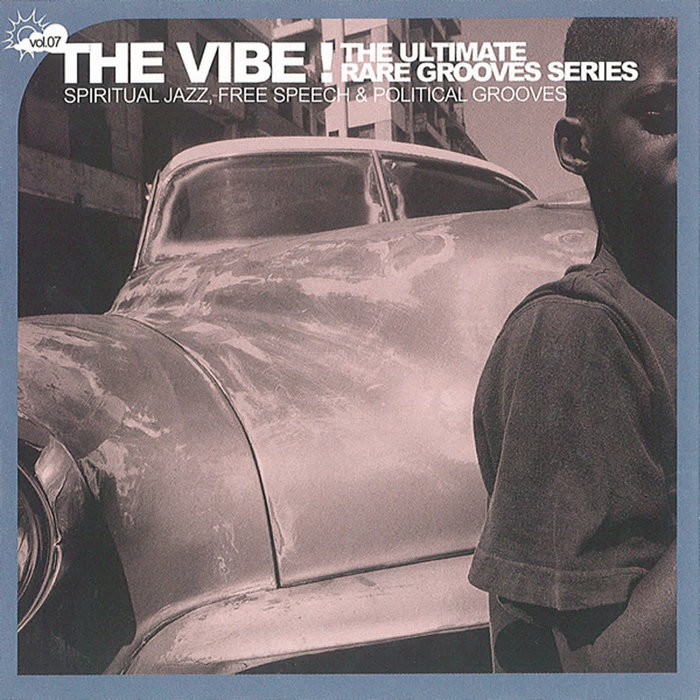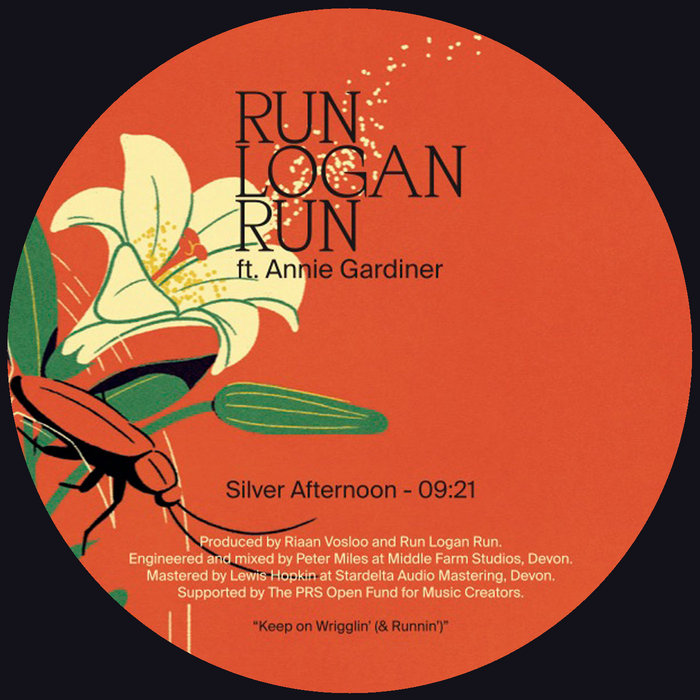
Listen Love – Jon Lucien
this blog is GROOVY – check out great Soul, Funk, Jazz, Hip Hop, Bass, Breaks , Reggae, House n many more TUNES
Welcome to the wild, eclectic world of punk jazz—the genre that takes a swing at tradition and kicks it in the gut. If you’re looking for smooth melodies and polished notes, you might wanna step back because punk jazz is all about breaking rules and redefining sounds!
Punk jazz emerged in the late 1970s when two contrasting worlds collided. Picture this: on one side, you’ve got the raw energy of punk rock, tearing up stages with its loud guitars and rebellious spirit. On the other side lies the cool sophistication of jazz, replete with improvisation and intricate harmonies. What happens when these two collide? You get a heart-pounding blend where anything goes!
One of the first true pioneers was none other than John Zorn, who mixed avant-garde jazz with punk’s ethos like peanut butter meets jelly—if jelly had a mohawk! Zorn’s band Naked City cranked out insane compositions that swung wildly from hardcore to honky-tonk in seconds flat.
As we wandered into the 1980s, bands like The Lounge Lizards started shaking things up even more. They were kind of like those friends who show up at your party ready to dance but can’t decide if they want to cha-cha or mosh! Their self-titled debut album included everything from reggae grooves to free-form chaos.
Meanwhile, over in Europe, groups like Material were also getting their groove on by blending funk rhythms with an electric palette that could make anyone shake their tail feathers (even your grandma!).
Caffeine Kings: Many punk jazz musicians have been known for consuming copious amounts of coffee before a gig! John Zorn himself once claimed he needed “ten cups” just to warm up his saxophone chops.
Funky Fashion: Punk fashion meets jazzy flair! It’s not uncommon to see musicians strutting around in leopard prints while sporting fedoras—because why not mix patterns like you mix genres?
Guitar Whiz Gone Mad: A key figure here is guitarist Marc Ribot. He once played so many different styles during one set that at least three audience members had reported feeling dizzy afterward at how quickly he went from groove-heavy blues riffs straight into outlandish free-jazz solos!
Collaborative Chaos: Members often switch roles mid-performance—like drummers jumping onto keyboards or trumpeters taking over vocals due to some spontaneous idea struck during a jam session.
As music carried through time—from dingy basements filled with sticky floors and sweaty crowds into classy festival stages—the sound evolved right along with it! The boundaries grew fuzzier; what started as an underground movement began attracting more diverse audiences—and artists responded accordingly.
This led us down paths where improvisational jams met structured compositions—a delightful contrast simulating riding on roller coasters while listening through vinyl crackles.
Around this period came iconic figures such as Sun Ra, whose eccentric cosmic approach added layers upon layers (literally) onto traditional structures—with horns blasting alongside thrift store finds transformed into instrumentals worthy enough for intergalactic travel… if only space allowed for mosh pits!
Fast forward into today’s scene; punk jazz is still alive and thriving! With new artists pushing boundaries further each day—from acts like Sonic Youth taking inspiration from both sides influencing their identity—to Shabaka Hutchings blending Caribbean rhythms infused heavily within improvisational freedoms showcased beautifully across various projects under his belt—it seems there are no limits left unturned here!
And let’s not forget bands embracing technology; think live-looping experiments layering funky beats while simultaneously honoring classic structures—all crafted within homemade studios filled with retro gear picked off eBay!! 💻🎶 How DIY can we get?!
So there you have it—the colorful history and playful antics surrounding punk jazz music—a genre rich in contradictions yet bound by creativity! Begging listeners always craving something fresh across decades since its inception gives it life well beyond mere notes on sheets—these groundbreaking individuals continuously remind us:
It doesn’t take much but heart (and maybe ten cups o’ joe) to create magic amidst chaos—inspired by spontaneity refusing ever dullness sitting quietly behind standards made long ago…
Now go grab your horn/guitar/bongos whichever drives ya crazy—join this exciting journey ahead weaving freely between polyrhythms daring others simply called “music!”

Listen Love – Jon Lucien

Silver Afternoon – Run Logan Run